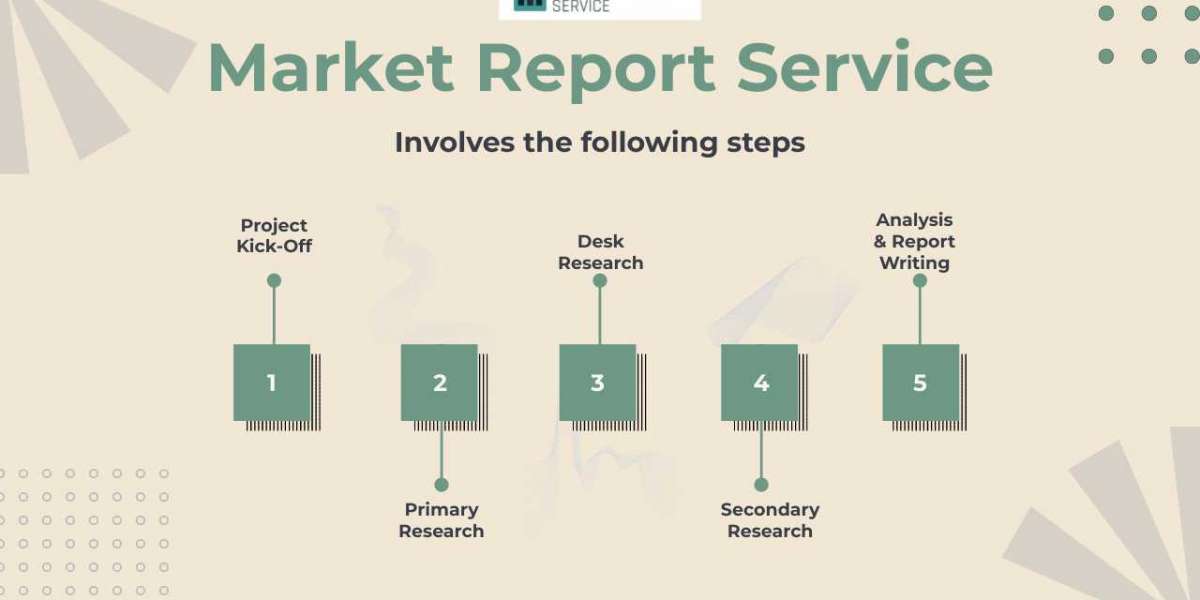In the digital age where messages can be sent with the tap of a finger, there's still something special about receiving a physical card during the holiday season. Christmas cards, with their festive designs and heartfelt messages, have become an integral part of the holiday tradition. But how did this beloved tradition come to be? Let's delve into the rich history of Christmas cards and discover the stories behind this timeless tradition.
Origins:
The tradition of sending Christmas cards dates back to the 19th century in England. The first Christmas card is widely attributed to Sir Henry Cole, a British civil servant, who commissioned artist John Callcott Horsley to design a card in 1843. The card featured a cheerful scene of a family celebrating Christmas and included the greeting, "A Merry Christmas and a Happy New Year to You."
Early Christmas cards were often handcrafted and elaborate, adorned with intricate designs, embossing, and sometimes even added decorations like lace or ribbon. These early cards were primarily exchanged among the wealthy and elite as a way to convey holiday wishes and greetings to friends and family.
Popularity and Commercialization:
As printing technology advanced, Christmas cards became more accessible to the general public. The introduction of the penny post in Britain in 1840 made it easier and more affordable to send mail, further fueling the popularity of Christmas cards. By the late 19th century, Christmas cards had become a widespread phenomenon, not only in England but also in Europe and the United States.
The commercialization of Christmas cards also played a significant role in their popularity. Printing companies began producing mass-produced cards with a variety of designs, catering to different tastes and preferences. These cards featured festive imagery such as Santa Claus, reindeer, snowmen, and nativity scenes, reflecting the cultural and religious significance of Christmas.
Evolution of Designs:
Over the years, the designs of Christmas cards have evolved to reflect changing trends and tastes. In the early 20th century, Art Nouveau and Art Deco styles influenced card designs, featuring stylized motifs and bold geometric shapes. During times of war, Christmas cards often conveyed messages of hope, peace, and solidarity, reflecting the sentiment of the era.
In the latter half of the 20th century, technological advancements revolutionized the way Christmas cards were produced and distributed. The rise of digital printing and online shopping made it easier for consumers to personalize and order cards from the comfort of their homes. However, despite these changes, the tradition of sending and receiving physical Christmas cards has endured.
Modern-Day Tradition:
Today, Christmas cards continue to hold a special place in the hearts of people around the world. While the rise of digital communication has led to a decline in the number of physical cards sent, many still cherish the tradition of exchanging handwritten cards during the holiday season. For some, receiving a Christmas card in the mail is a nostalgic reminder of simpler times, evoking feelings of warmth and connection.
In conclusion, the history of Christmas cards is a testament to the enduring power of tradition and the importance of human connection. From humble beginnings to modern-day iterations, Christmas cards have remained a beloved symbol of the holiday season, bringing joy and cheer to recipients far and wide. As we continue to embrace new forms of communication, let us not forget the simple pleasure of sending and receiving a heartfelt card during this festive time of year.



